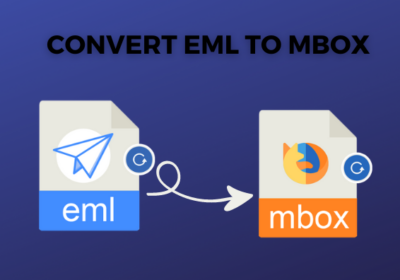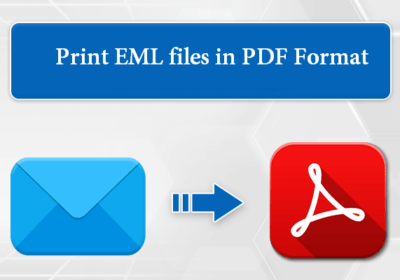
The Benefits of Using Incident Reporting Software in Your Organization
A sound incident reporting system can minimize the impact of incidents on business operations. This includes reducing time to resolution, which directly correlates with customer satisfaction.
It provides a central location for recording and tracking incidents. It also allows for real-time updates and communication with different teams and stakeholders.
Easy to use
Using incident reporting software is one of the most effective ways to improve security in your organization. It allows you to track incidents as they occur, creates a digital paper trail, and makes it easier to analyze trends over time. This will help you make better decisions and prevent future incidents from happening.
Employees can log their incidents at the office or on the field via tablet, computer, or smartphone. They can record the incident’s date, location, description, and any relevant details such as equipment involved and witnesses. They can even add a photo of the incident. The system also prompts them for any injuries they have suffered and tracks the type of injury, body part affected, lost work days, and restricted duty.
The data is automatically recorded in a secure database, and notifications are sent to the appropriate teams. Users can easily customize alerts and escalations, and managers can view dashboards to identify critical trends. In addition to reducing manual data entry, the system provides automated reminders for follow-up tasks.
The software also allows the creating of regulatory documents for any reportable incident. This ensures that all incidents are documented on time and helps you meet compliance standards.
Easy to track
With incident reporting software, employees can easily document a situation anywhere from a computer or mobile device. It’s a faster and more efficient way to report incidents than submitting paper forms. A simple yet flexible form template helps keep the process consistent across sites and departments. It also requires less data entry for operational roles so that they can focus on their core responsibilities. The software also offers a robust incident analysis tool to help spot trends and prevent future recurrences.
The cloud-based software enables anyone to log an incident from any location, even on the go. The information is automatically uploaded to a secure, user-friendly online database. It includes details of the incident, photos, assets, locations, and people involved. The logged incident can be updated with new information in real-time. It can also be categorized into different types like immediate or system causes and linked to additional documents like witnesses’ statements, doctors’ reports, or correspondence.
In addition to making the incident-tracking process more accessible, it can help organizations improve their overall quality of service by identifying root causes and creating solutions. For example, healthcare organizations can use this system to reduce patient harm caused by medical errors and enhance the quality of care they provide. The software also makes it easy to share the results of incident investigations with other teams. In this way, they can learn from the experiences of others and make improvements to their processes.
Easy to share
Incidents are unexpected disruptions in productivity that require a thorough management process to ensure that impacted business functions return to expected levels. An incident report program helps you achieve this by establishing a digital EHS system with online incident reporting forms, registries, reporting dashboards, and notifications.
The software also allows employees to log near-misses, which reduces the risk of a full-blown incident. The software also makes it easier to follow up on incidents by automating follow-up procedures. These features can improve security response times and minimize lost production costs. They can also help you avoid costly mistakes that often result in fines for late filings or incomplete data, which may affect insurance rates and productivity costs.
Another essential feature of incident reporting software is that it can integrate with other tools used by IT service teams. IT staff can easily find and use the right tool for their needs. This eliminates the need for manual workarounds or rerouting of tickets to other departments.
An ideal incident reporting software should have a user-friendly interface and be easy to learn for your employees. It should also allow your team to create customizable dashboards that are easy to read and understand. This will make it easier for IT teams to quickly identify and respond to issues. It should also be able to prioritize high-priority alerts and automatically notify workers of overdue tasks.
Easy to analyze
When a company uses paper-based incident reporting systems, it can face costly mistakes in completing reports and meeting filing deadlines. This can lead to fines, lost productivity, and increased insurance rates for the organization. The best way to avoid these problems is to use an incident report system that offers an easy-to-use interface for employees.
Good incident management software will allow you to track important metrics and KPIs, identify hazards and root causes, and help you implement preventive action software tools to stop recurring incidents from occurring.
The first step in an incident report process is to log the event. The incident report should include information such as the date and time of the incident, a description, and a picture. Some systems also offer the ability to add a link to other important documents, such as witness statements or doctor’s reports.
Once the incident has been logged, it can be assigned to an agent who will resolve the issue. The system can then monitor progress to ensure the incident is resolved within an agreed timeframe. If the incident is not resolved, it can be escalated to a senior agent or manager for resolution.
Using an incident management tool can help you keep track of your team’s performance and improve customer satisfaction. A popular cloud-based IT incident response tool with many features to improve IT service. Its dashboard lets you see which business services are affected by an incident and what caused them to fail. It also has a ticket prioritization system and an internal knowledge base to reduce support requests.
















